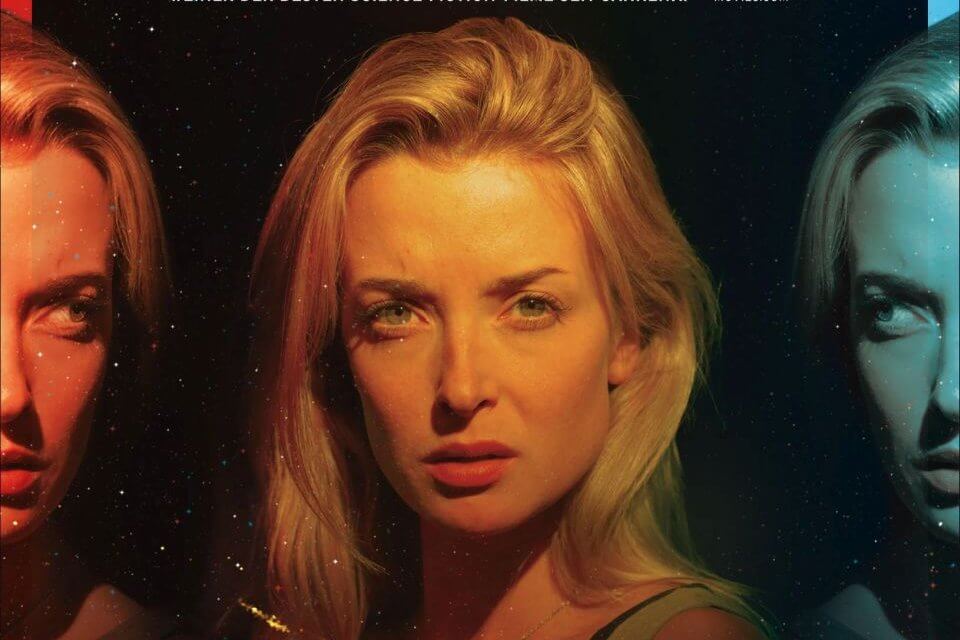

In cinema, those basic building blocks are shots. Before grammar and syntax can shape meaning by arranging words or phrases in a particular order, the words themselves must be built up from letters, characters or symbols. Like any language, we can break cinematic language down to its most fundamental elements. We may not be able to speed up the refresh rate of our optic nerve to catch each of those still images, but we can train our interpretive skills to see how filmmakers use the various tools and techniques at their disposal.
#EXPRESSIVE COHERENCE EXAMPLES IN FILM HOW TO#
In this chapter, we’ll explore how cinematic language works, a bit like breaking down the grammar and rules of spoken language, then we’ll take a look at how to watch cinema with these “rules” in mind. There may be a thousand different elements flashing before our eyes – a subtle dolly-in here, a rack focus there, a bit of color in the set design that echoes in the wardrobe of the protagonist, a music cue that signals the emotional state of a character, a cut on an action that matches an identical action in the next scene, and on and on and on – but all we see is one continuous moving picture. The tools and techniques – the mechanics of the form – are invisible. But all of these are employed to manipulate the viewer without us ever noticing. The way cinema communicates is the product of many different tools and techniques, from production design to narrative structure to lighting, camera movement, sound design, performance and editing.

There may be 24 individual photographs flashing before our eyes every second, but all we see is one continuous moving picture. Your brain interprets those dozens of photographs per second as movement, but it’s actually just the illusion of movement, a trick of the mind known as beta movement: the neurological phenomenon that interprets two stimuli shown in quick succession as the movement of a single object.īecause all of this happens so fast, faster than our optic nerves and synaptic responses can perceive, the mechanics are invisible. It is, at a minimum, 24 still images flying past your retinas every second. Okay, that last part is optional (though it is super annoying), but here’s the point: Cinema is built on a lie. Let’s say 24 images, or frames, per second.
#EXPRESSIVE COHERENCE EXAMPLES IN FILM SERIES#
Step Two: Project a series of still images captured in sequence at a rate at least twice that of your optic nerve’s ability to respond. You have one of them in your head right now. Fortunately, that bit has already been taken care of over the past several million years. Step One: Evolve an optic nerve that “refreshes” at a rate of about 13 to 30 hertz in a normal active state.


 0 kommentar(er)
0 kommentar(er)
